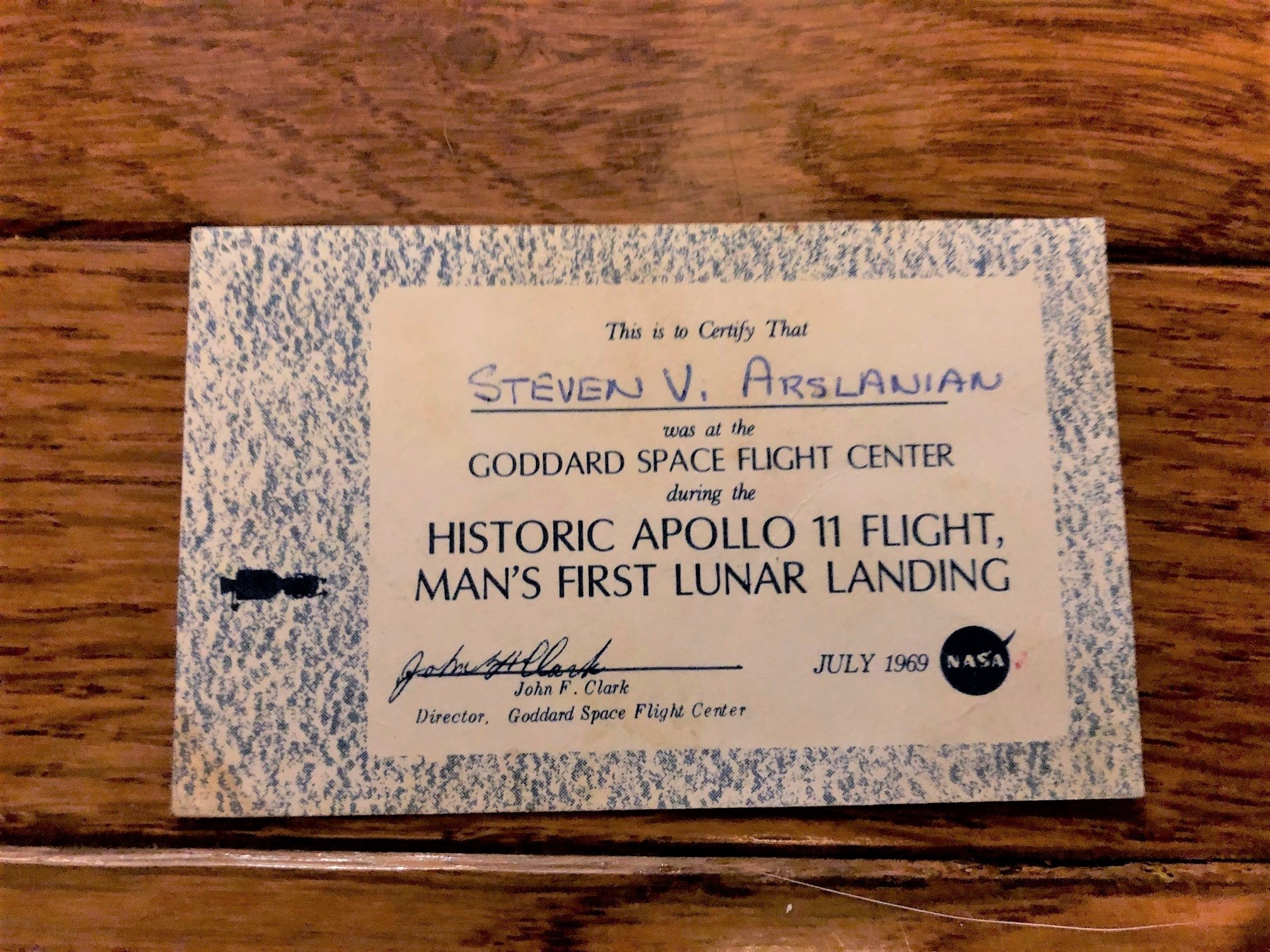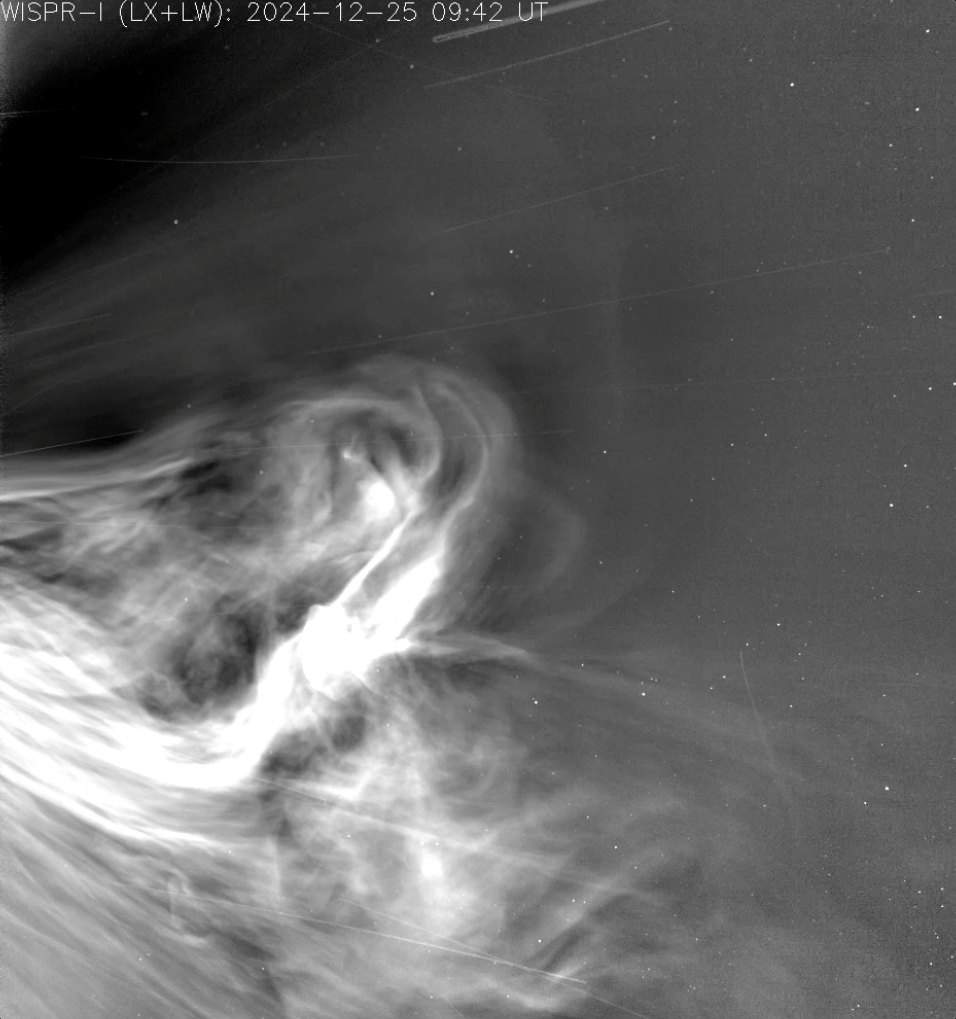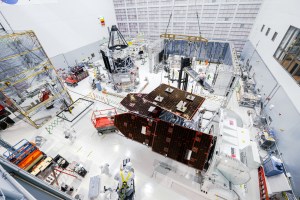From childhood afternoons at the Goddard rec center to a 33-year career with the Hubble Space Telescope, Steve Arslanian values camaraderie and problem-solving.
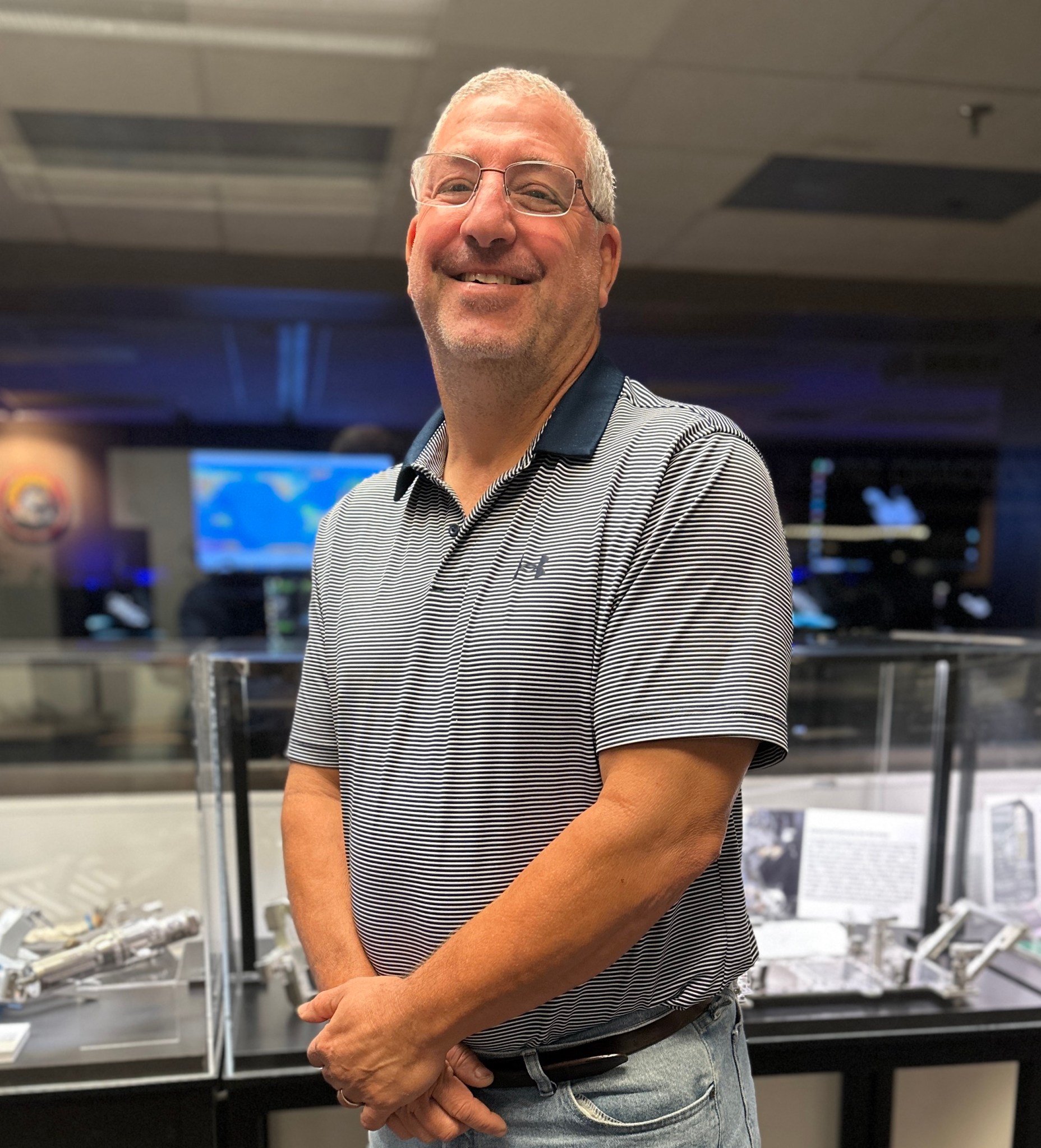
Name: Steve Arslanian
Title: Hubble Space Telescope Payload System Engineer
Formal Job Classification: Spacecraft Systems Engineering
Organization: Astrophysics Project Division, Hubble Space Telescope Operations Project, Code 441
What do you do here at Goddard? How do you help support Goddard’s mission?
I am responsible for the payload of the Hubble Space Telescope that consists of the five science instruments. I make sure the instruments perform as expected, and if any anomaly arises, I resolve the anomaly and get the instrument operating again. I also monitor the instruments for any sign of degradation.
Besides responding to anomalies, the science teams come up with new ideas for how to use the instruments. We work with the payload flight software team to do code changes and testing to make sure the hardware, software, ground system, and commanding system all play together nicely. It’s a huge, complicated system that has a lot of moving parts, and if you make a change in one part, it has a ripple effect across the system.
How did you find your way to Goddard?
I graduated from the University of Maryland as a math major with a concentration in engineering. There was a job fair, and I applied. I’ve been here 33 and a half years now; I started in 1990.
I go way back further with Goddard because my dad actually worked here for thirty-something years, going back to the origins of NASA. He was responsible for command and control, so he was heavily involved with Mercury, Gemini, Apollo, and other missions. I just happened to follow in his footsteps. As a kid, I was here many weekends and evenings when he was working, so me and my brothers spent days here up at Goddard’s old rec center. I was here in July of 1969, over in Building 13, when Armstrong and Aldrin stepped on the Moon. My dad dragged us here in the middle of the night so we could witness history.
What first sparked your interest in engineering?
We were always tinkerers as kids, me and my brothers. We were always good at math and science. We were taking things apart, putting them back together. We built our own skateboards. We used to fly model airplanes. In fact, I used to be a member of the Goddard Model Airplane Club back when I was 10, 12 years old.
What is your proudest accomplishment at Goddard?
When we did Hubble Servicing Mission 4, the Advanced Camera for Surveys repair mission. The ACS failure occurred in 2007, and we had an astronaut servicing mission planned for 2008. We had around 16 months to come up with the design, build new hardware, integrate the new hardware, and train the astronauts on what they needed to do.
The team we put together to rapidly do this was just phenomenal. We worked a lot of hours. Just like my dad dragged me in to work on many weekends, I was dragging my 9- and 10-year-old daughters into work.
What has been the most memorable moment in your career?.
One day, I ended up in the Endeavour space shuttle, sitting in the command seat. We went down to NASA’s Kennedy Space Center in Florida for a meeting and had a free afternoon. One of the guys that I was with used to work down there and happened to know the gatekeeper. So the next thing you know, we were walking through the Endeavour spacecraft! They put us in bunny suits and said, “You wanna go on board?” So we’re like, “Sure, why not?”
You’ve held many different roles on the Hubble team. What has been the most rewarding?
It’s really neat working with the hardware and seeing the results. Once I got relocated to Ball Aerospace out in Boulder, Colorado. Ball built the Advanced Camera for Surveys. I got to go work out there for two years when we were doing the integration and testing for ACS. To help build that instrument and see the results of it, the pretty pictures, the science that comes out of it, makes you feel really good. Like, “Hey, I had a hand in this.”
Would you describe for us the work culture at Goddard?
The other engineers I’ve gotten to interface with are all brilliant. We all work together to try to get to a common goal. They make this a great place to work.
Since I used to do shift work, we used to have to be here 24/7, rotating. We all pitched in and took our turns to run the spacecraft manually. We all had our own little niches we do, but when one group needed help, the other groups would always offer up any expertise or knowledge they may have gained somewhere else to lend a hand.
What advice would you give to students looking to have jobs in your field?
System engineering is about seeing the whole picture and using that to try to solve the problem. You have to be a well-rounded engineer with a well-rounded STEM education. You have to know code, logic, mechanics, chemistry, physics. A broader scope of disciplines really helps you out. You have to have the ability to continue learning at your job.
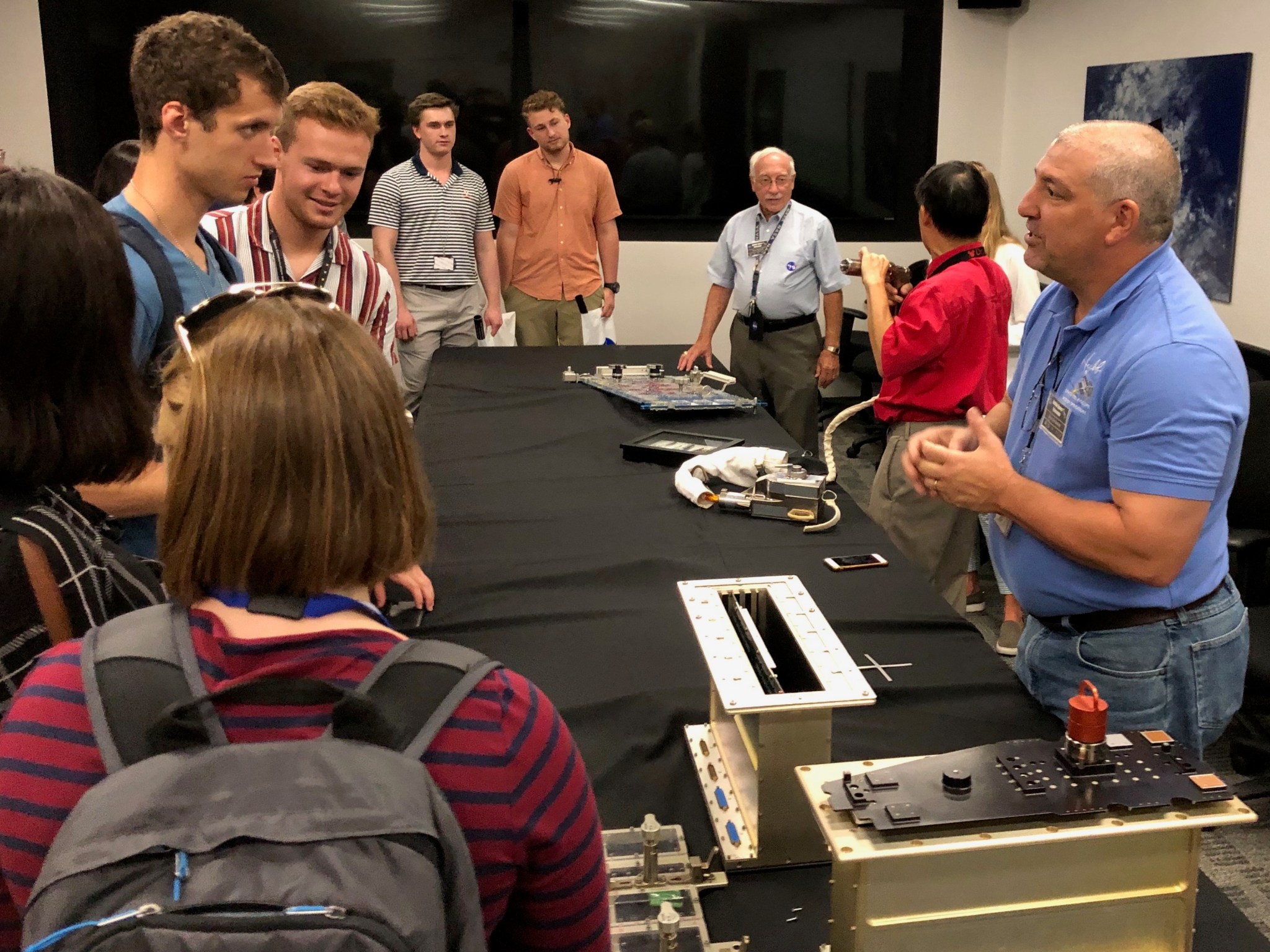
Do you have a favorite Goddard fact or story?
I believe some of our Hubble calibration lamps were made by the same people who make lights for chicken coops! They’re ultraviolet lamps.
How do you like to spend your time outside of work? What are your hobbies?
I’m married with two dogs and two kids, both University of Maryland graduates. My hobbies are fishing, golf, and being around the water. Some people know it around here, but I’m a former professional wrestler – well, backyard professional wrestler. I wrestled in college.
What is your “six-word memoir”? A six-word memoir describes something in just six words.
Don’t be afraid to say no.
When you don’t agree with a decision, you want to be able to speak up. Being able to say ‘I disagree with you,’ or ‘I don’t think that’s the right path’ is important – speaking to power, if you will.
By Hannah Richter
NASA’s Goddard Space Flight Center, Greenbelt, Md.
Conversations With Goddard is a collection of Q&A profiles highlighting the breadth and depth of NASA’s Goddard Space Flight Center’s talented and diverse workforce. The Conversations have been published twice a month on average since May 2011. Read past editions on Goddard’s “Our People” webpage.





























